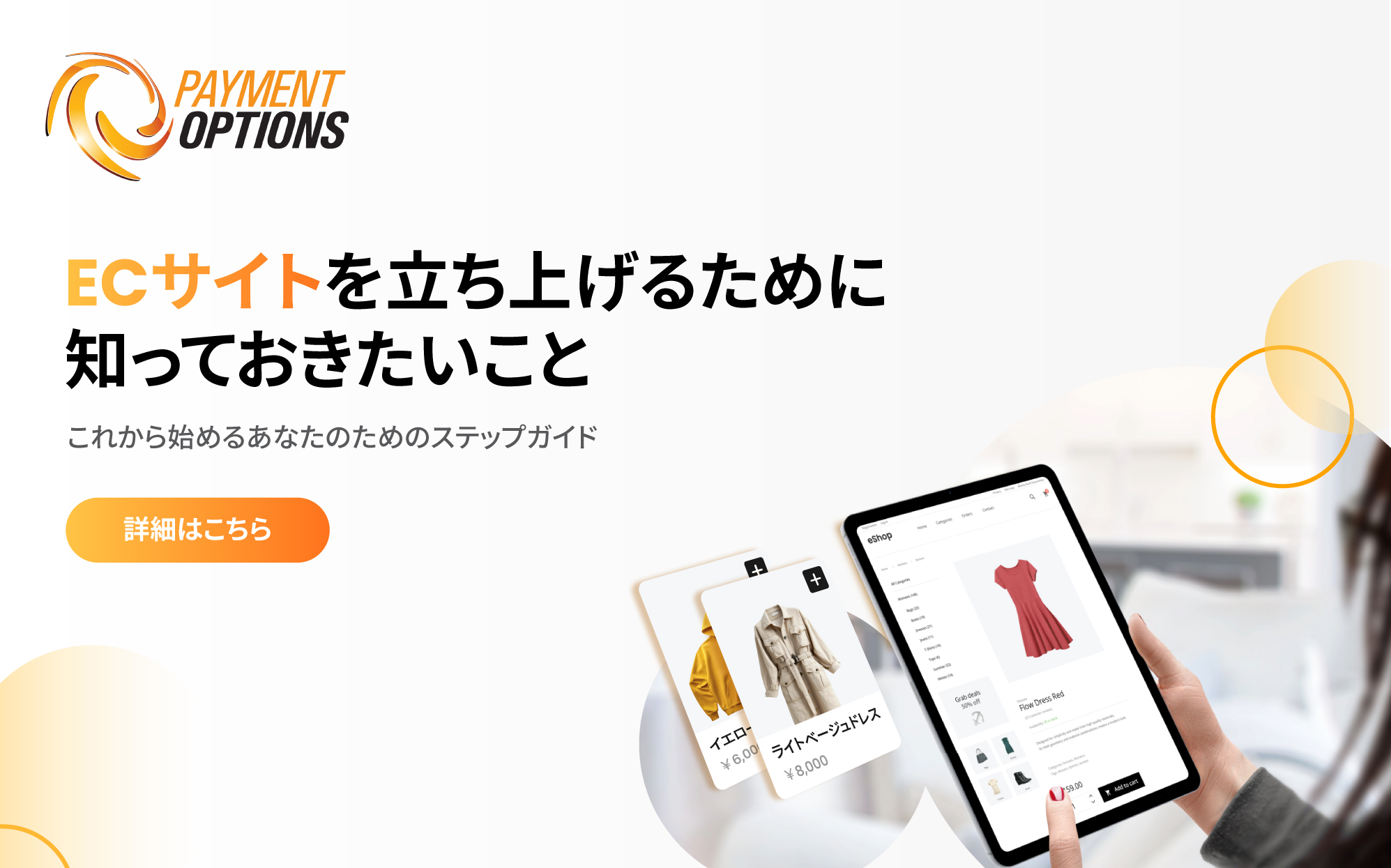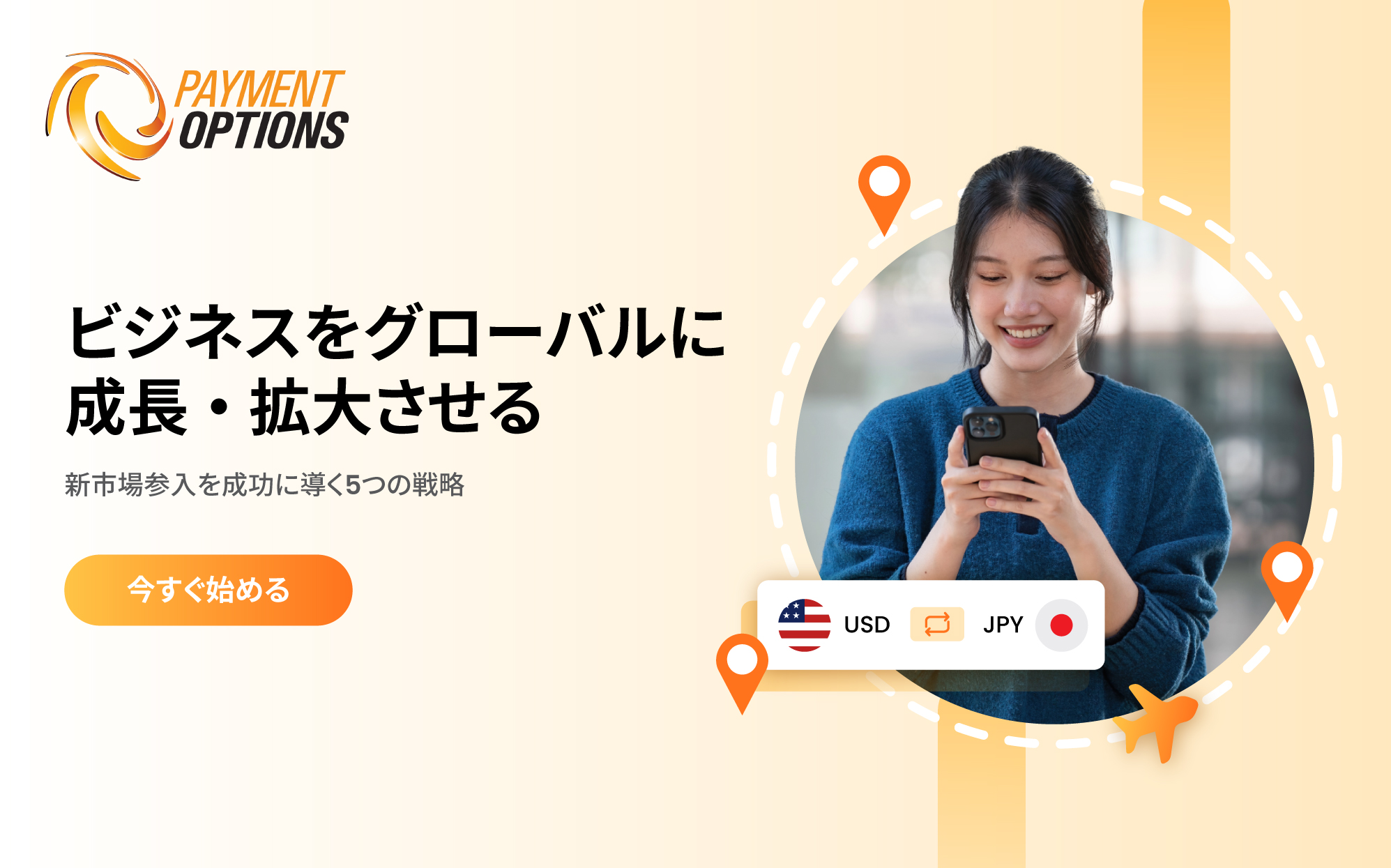Expand & Scale Your Business Globally

Expanding into international markets is one of the most effective ways to grow your business. It opens up new revenue streams, diversifies your customer base, and strengthens brand credibility. But going global also brings unique challenges, such as navigating regulations, and ensuring seamless payments across borders.
Read on to find out about the essentials of global expansion and how the right payment strategies can make all the difference.
By focusing on customer experience, you build long-term loyalty and repeat customers. Discover how payments can be part of this customer experience journey in ourearlier blog .
Examples include:
Global expansion is a journey that requires more than offering your products in a new country. Success comes from understanding the local market, building the right payment infrastructure, complying with regulations, and delivering an experience that makes customers feel confident in their purchase. By preparing for the challenges of cross-border trade and investing in secure, localized payment solutions, your business can scale confidently.
If you’re planning your next move, our team can help you build a payment strategy tailored to your international ambitions*.
*Currently available for Japan and Hong Kong markets.
Read on to find out about the essentials of global expansion and how the right payment strategies can make all the difference.
1. Choosing the Right Markets
Selecting the right market is the foundation of a successful global strategy. A good fit depends not only on customer demand but also on the overall business environment. For example, Singapore has one of the highest levels of digital payment adoption in the world, making it attractive for online-first businesses. On the other hand, markets with a heavy reliance on cash may require more investment in customer education and local partnerships. Businesses that adapt to these expectations build trust more quickly. Key factors to consider include:- Consumer demand – Is there appetite for your product or service?
- Digital adoption – How comfortable are customers with online and mobile payments?
- Regulatory environment – Are there strict requirements for data protection or payment licensing?
2. Localising Your Payment Infrastructure
Customers are more likely to complete a purchase if they can pay in their preferred method and currency. They prefer to see prices in their local currency and want clarity on exchange rates. Hence, payment localization is essential for building credibility and boosting conversions. To support this, businesses expanding globally should consider:- Accepting local payment methods (e.g. QR code payments, mobile wallets, local credit cards)
- Offering multi-currency support with clear FX conversion
- Ensuring smooth settlement across multiple regions
3. Staying Compliant and Secure
Every market has its own rules for data protection, fraud prevention, and regulatory compliance. Non-compliance can lead to fines or loss of customer trust. For example, the EU enforces the General Data Protection Regulation (GDPR), while other regions will have their own privacy laws. Businesses must also adapt to local refund and chargeback policies, which may be stricter than in their home market. Some areas to focus on include:- Fraud protection tools to reduce chargebacks and refund fraud
- Compliance with AML (Anti-Money Laundering) and KYC (Know Your Customer) standards in each region
- PCI DSS-certified (Payment Card Industry Data Security Standard) systems for secure transactions
4. Enhancing the Customer Experience
Going global means understanding cultural differences and adapting your checkout flow accordingly. Checkout pages should reflect the local language, currency, and address format. Payment flows also need to be optimized for the devices customers actually use. In countries like Indonesia and India, the majority of online shoppers rely on mobile phones, making mobile-first design a necessity.By focusing on customer experience, you build long-term loyalty and repeat customers. Discover how payments can be part of this customer experience journey in our
5. Leveraging Technology for Seamless Expansion
Technology can make international expansion faster and more cost-effective. Businesses no longer need to invest heavily in infrastructure to test new markets. Modern payment solutions also offer flexibility and scalability.Examples include:
- SoftPOS – Accept card payments directly on a smartphone, eliminating the need for expensive terminals.
- Pay-by-link – Send secure payment links via email, private chat, or social media messaging, allowing customers to pay instantly.
- QR code payments – Popular across Asia, enabling low-cost, immediate transactions.
Conclusion
Global expansion is a journey that requires more than offering your products in a new country. Success comes from understanding the local market, building the right payment infrastructure, complying with regulations, and delivering an experience that makes customers feel confident in their purchase. By preparing for the challenges of cross-border trade and investing in secure, localized payment solutions, your business can scale confidently.
If you’re planning your next move, our team can help you build a payment strategy tailored to your international ambitions*.
*Currently available for Japan and Hong Kong markets.





